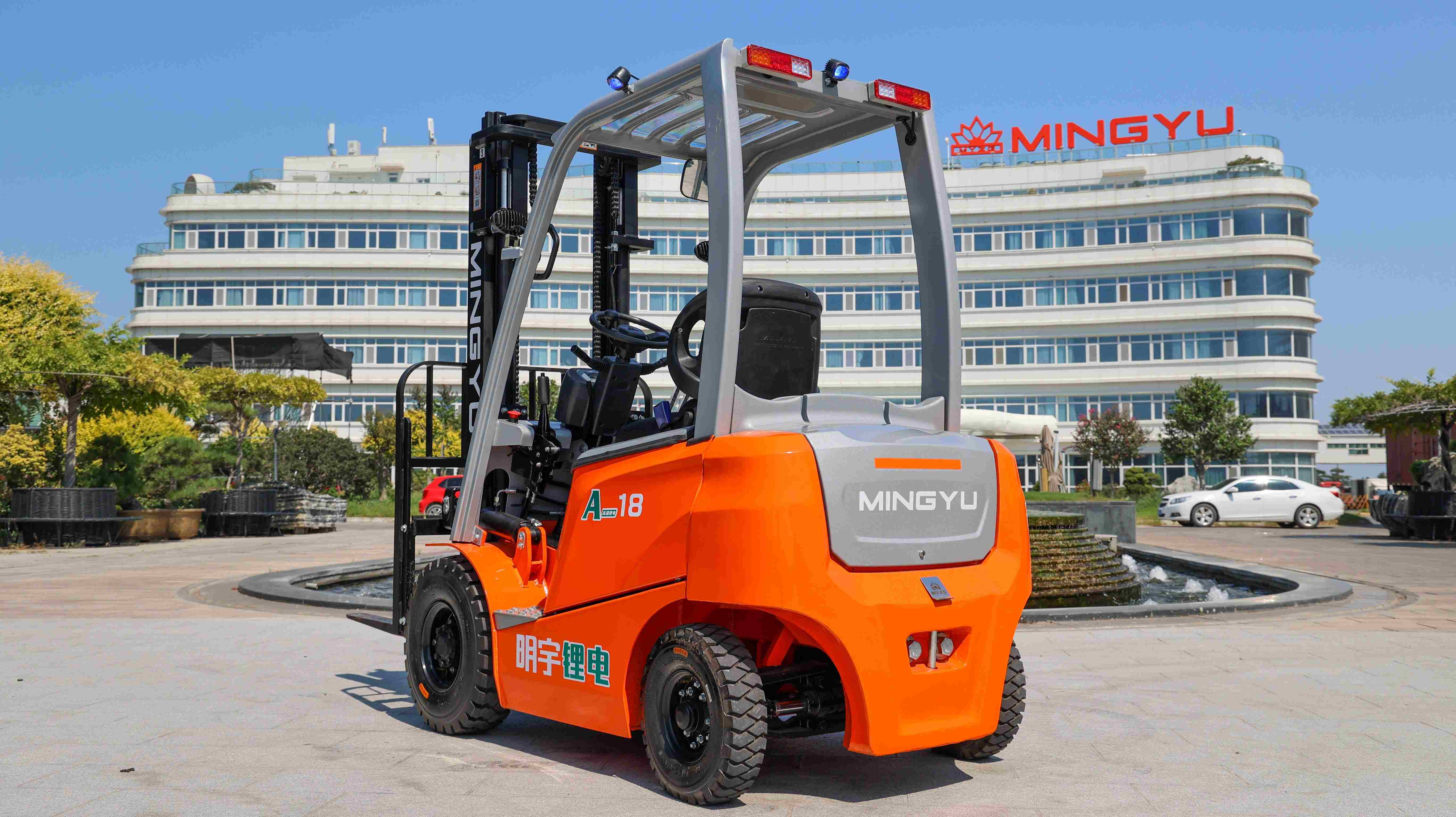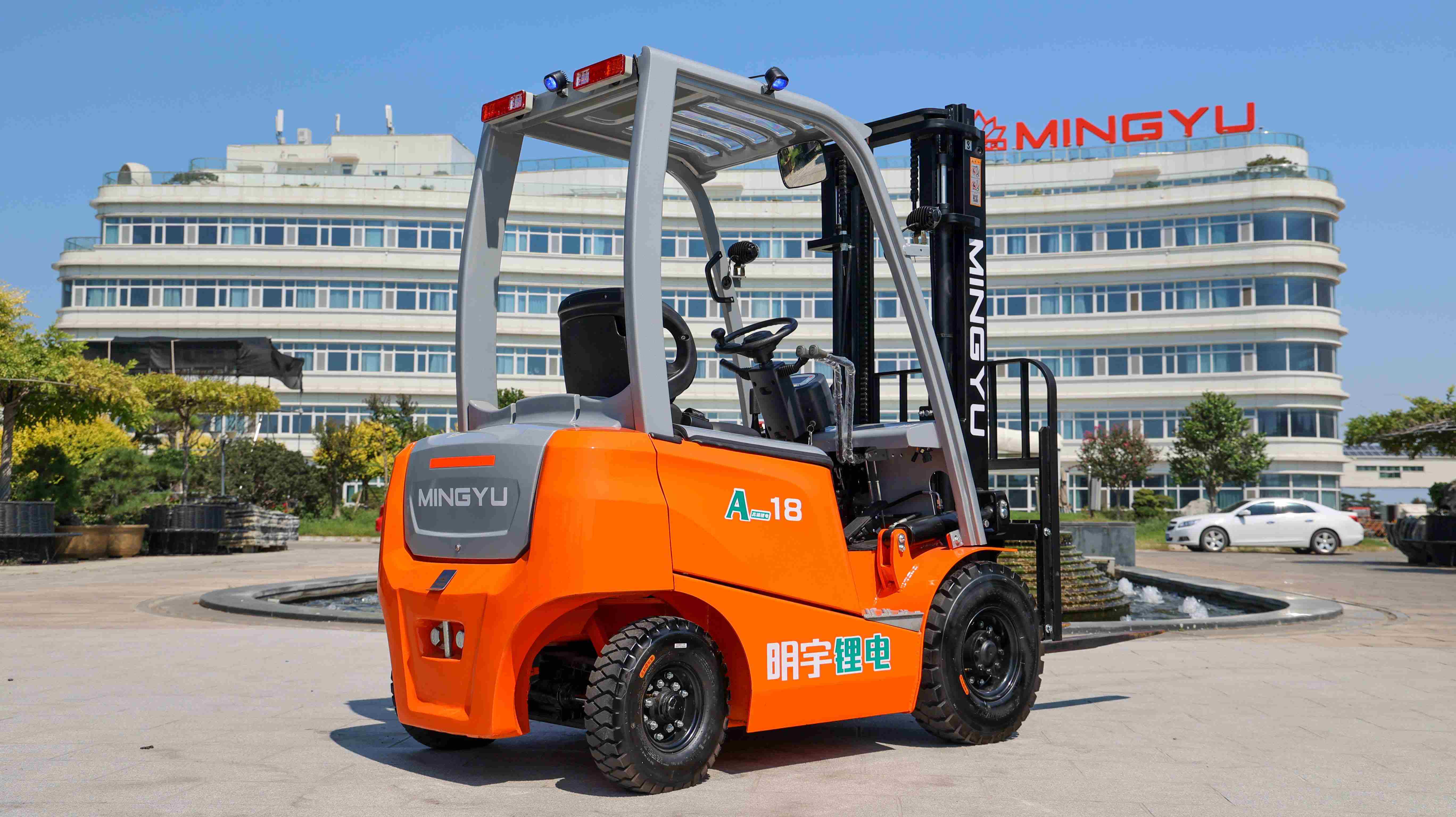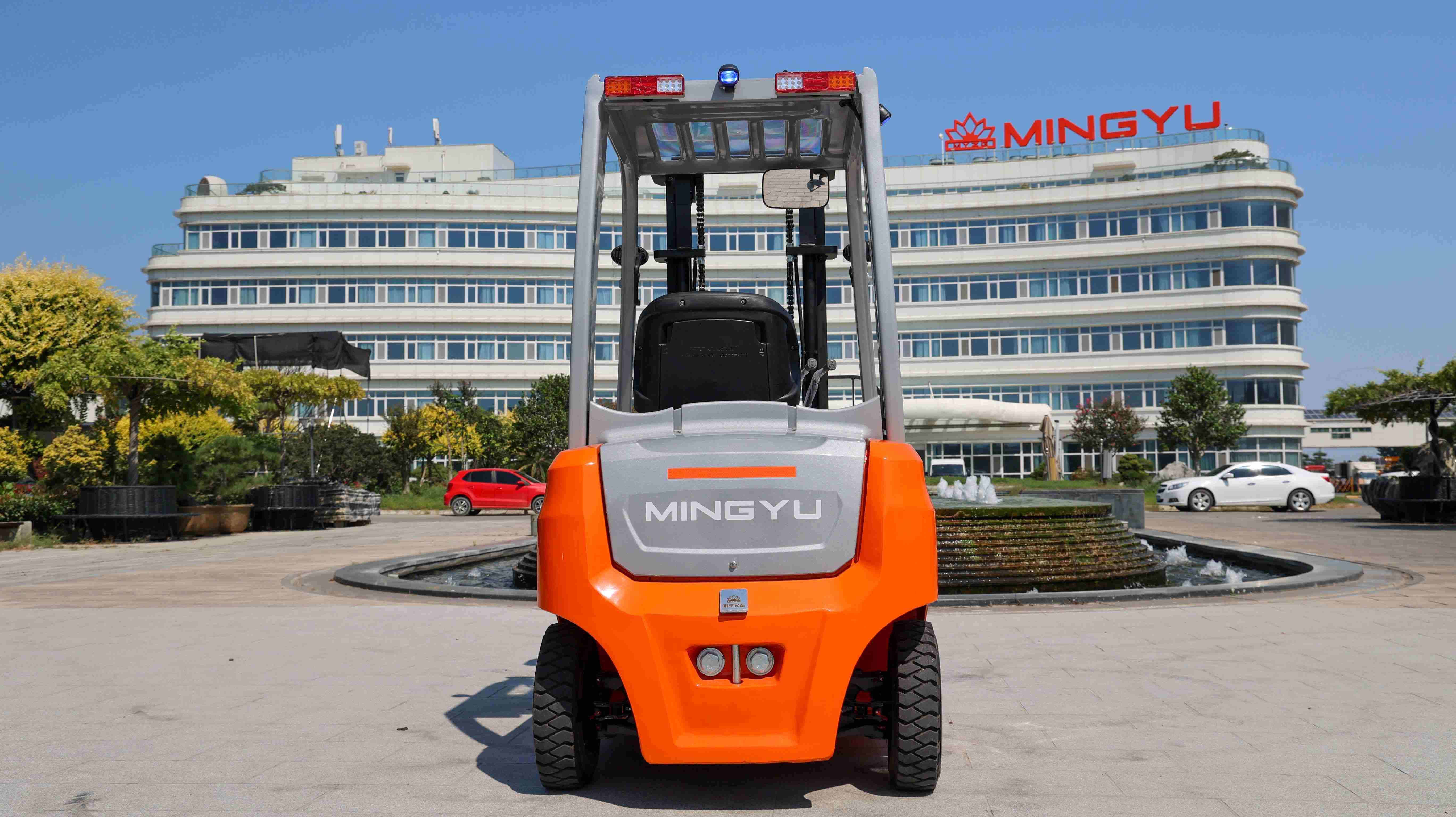What is the Difference Between an Electric and a Diesel Forklift?
I. Introduction
Forklifts are essential tools in warehouses, construction sites, ports, and manufacturing plants. They help move heavy loads efficiently and safely. One of the most important decisions when selecting a forklift is choosing between electric and diesel-powered models. Each type has its unique strengths and limitations, and understanding these differences is vital for optimizing performance, safety, and cost-efficiency.
This article compares electric and diesel forklifts across key factors including power, operating environment, maintenance, cost, and sustainability to help businesses make informed decisions.
II. Overview of Forklift Power Types
Electric forklifts are powered by rechargeable batteries—typically lead-acid or lithium-ion. These machines are quiet, efficient, and emission-free, making them ideal for indoor applications.
Diesel forklifts, on the other hand, run on internal combustion engines fueled by diesel. They are known for their robust power and are better suited for outdoor and heavy-duty operations.
Other types, such as propane (LPG) and gasoline forklifts, exist, but this article focuses on the two most widely compared: electric vs. diesel.
III. Power and Performance
Electric Forklifts:
Provide smooth, consistent acceleration.
Offer good control for precise movements.
Typically have lower lifting capacities than diesel models but are sufficient for most indoor applications.
Diesel Forklifts:
Deliver higher torque and horsepower.
Excel at lifting heavy loads and operating on inclines or uneven terrain.
Ideal for rugged, high-performance tasks outdoors.
IV. Operating Environment
Indoor Use:
Electric forklifts are quiet and produce no emissions, making them perfect for use in closed or poorly ventilated spaces like warehouses, factories, and food processing plants.
Outdoor Use:
Diesel forklifts thrive in open-air conditions.
Their durability and engine power allow them to function in extreme weather and tough environments like construction sites, lumber yards, or shipyards.
V. Fueling and Charging
Diesel:
Refueling is fast—just fill the tank and resume work.
Requires on-site diesel storage and handling, which can be hazardous.
Electric:
Batteries require hours to charge unless using a fast charger or swapping systems.
Charging stations must be installed and maintained.
Planning is crucial to avoid operational delays due to battery depletion.
VI. Maintenance and Durability
Electric Forklifts:
Require less maintenance due to fewer moving parts (no oil changes, fuel filters, etc.).
Battery maintenance is essential, especially with lead-acid types.
Lower risk of mechanical failure over time.
Need regular servicing: oil changes, air filters, fuel system checks.
More rugged construction often translates to longer life in tough environments.
Downtime can increase if not properly maintained.
VII. Initial and Long-Term Costs
Initial Cost:
Diesel forklifts generally cost less upfront than electric models.
Electric forklifts, especially those with lithium-ion batteries, have higher purchase prices.
Running Costs:
Electric forklifts cost less to run over time due to lower energy and maintenance expenses.
Diesel fuel and frequent servicing increase operational costs.
Total Cost of Ownership (TCO):
Electric models often have a lower TCO over 5–10 years despite higher initial costs.
Diesel units can be more economical in high-use, outdoor applications.
VIII. Environmental Impact
Diesel forklifts emit CO₂, NOx, and other pollutants, contributing to air pollution and greenhouse gas buildup.
Electric forklifts produce no on-site emissions and align better with environmental regulations and green initiatives.
More companies are switching to electric models to meet sustainability targets.
IX. Safety Considerations
Electric Forklifts:
Quieter and easier to control indoors.
No exhaust fumes reduce health risks in enclosed areas.
Batteries must be handled carefully to avoid acid spills or fire risks.
Diesel Forklifts:
Require proper ventilation to avoid harmful exposure to emissions.
Louder engines may cause more operator fatigue.
Higher risk of fuel-related fires if improperly stored.
X. Use Case Scenarios
Diesel Forklift Use Cases:
Outdoor construction or mining sites.
Ports and container yards.
Heavy-duty logistics with long operational hours.
Electric Forklift Use Cases:
Indoor warehouses and cold storage.
Food, beverage, and pharmaceutical industries.
Retail distribution centers with strict noise and emission limits.
XI. Market Trends and Technological Innovations
Lithium-ion batteries are becoming standard for modern electric forklifts.
Diesel engines are improving in efficiency and emission control but still lag behind electric in sustainability.
Hybrid and hydrogen-powered forklifts are emerging, aiming to combine power and eco-friendliness.
Governments and businesses are pushing for zero-emission equipment, especially in urban areas.
XII. Conclusion
Choosing between an electric and a diesel forklift depends on your specific application needs. If you operate indoors with strict emission rules, electric forklifts are the best choice. For rugged outdoor work requiring raw power, diesel remains reliable.
Understanding the trade-offs in performance, cost, maintenance, and environmental impact will help you choose the right forklift for your operations—both today and for a greener future.
Post time:Jun.30.2025



